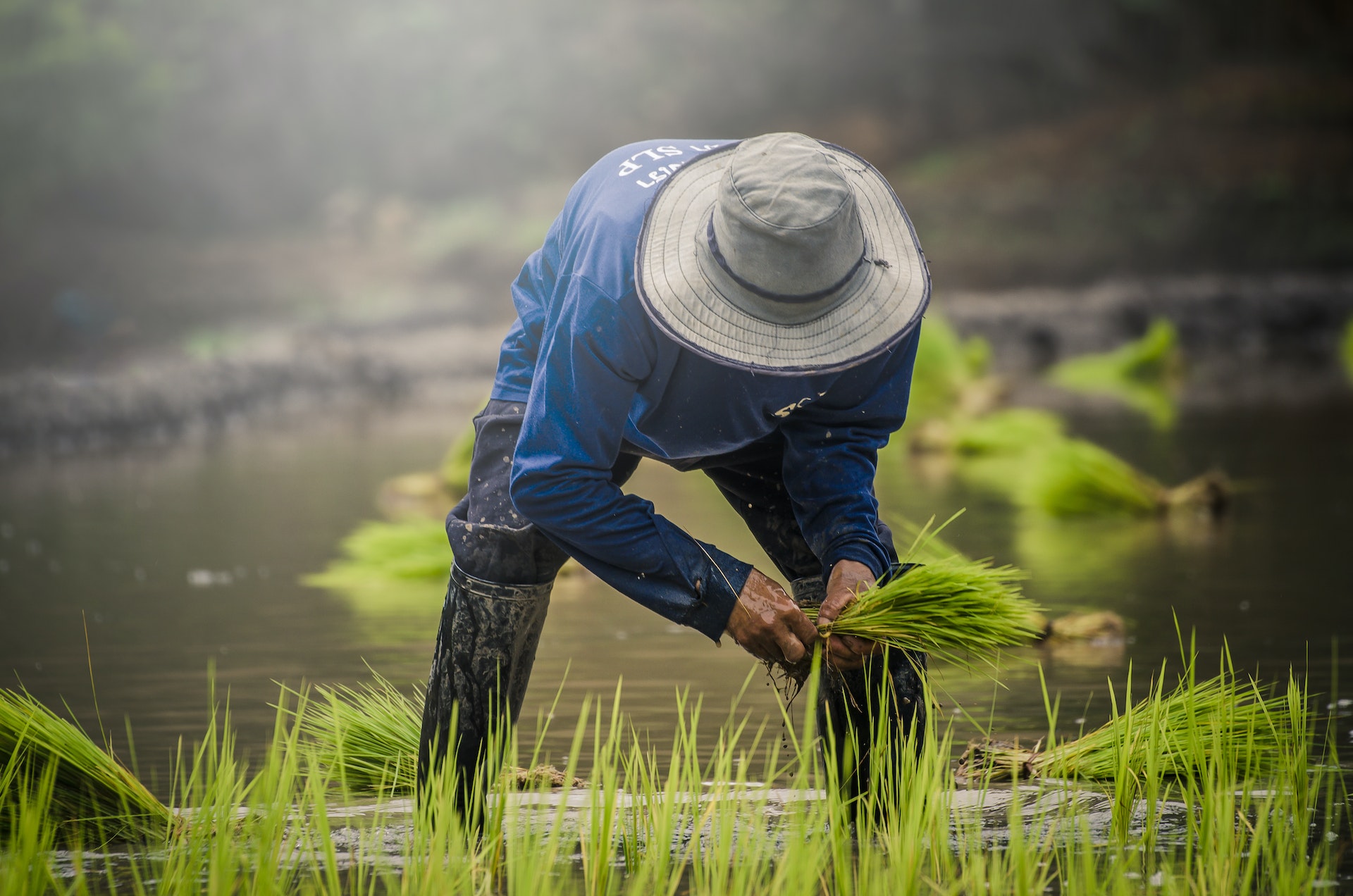A Rice Story
Rice is a staple for over 3.5 billion people across the world, in Latin America, parts of Africa, and especially in Asia. In Thailand, it has been an integral part of the country’s culture and history for thousands of years.
Whether it’s fried rice with seafood, white rice paired with a pork and basil stir-fry, or sticky rice in the classic mango dessert, many Thai dishes rely on this humble grain as a key component.
Here, we discover how it is produced, what is its significance to Thai culture, as well as the differences between some popular varieties.
Credit: Marilyn Barbone, Shutterstock
The origins of rice
Rice is a seed that comes from oryza sativa, a native Asian grass, and oryza glaberrima, a different species which originates in Africa.
Oryza sativa is thought to have first been cultivated around 6000 BC along the River Yangtze, which weaves through central China before branching out to the rest of Asia.
Today it grows wild in tropical floodplains and wetlands and around rivers and ponds.
Rice cultivation in Thailand
Traditionally, rice was grown around Chao Phraya, a river that wriggles south from Nakhon Sawan to the capital of Bangkok. But today, much of Thailand’s rice crops are cultivated in the northeast of the country.
Explore rural Thailand in May and you’ll see farmers ankle-deep in flooded paddies, bent double as they sow seedlings. Come November, straw-like bunches of rice kernels hang from the grass like sheaves of wheat, ready to be picked.
Credit: Jeep2499, Shutterstock
Rice rites and rituals
Rice is so ingrained in Thai culture that the verb to eat, kin khao, translates as ‘eat rice’. It is also used in beauty treatments as an exfoliator, as offerings and at festivals throughout the year.
Every May, the official opening of Thailand’s rice-planting season is marked in a royal cultivating ceremony inside the Grand Palace in Bangkok, during which Buddhists, farmers and members of the Thai royal family pray for an abundance of crops.
The following morning, a ploughing ceremony takes place at Sanam Luang park, where members of the royal family watch as a procession of oxen pull a plough through ceremonial ground, and seeds are scattered.
The same month, bamboo rockets filled with gunpowder are set off around the country to ask the sky to send rain. The biggest Rocket Festival takes place in Yasothon in eastern Thailand, involving traditional dances and parades.
Credit: Noppadon Stocker, Shutterstock
Cooking with rice
Rice from Thailand is recognised internationally for its quality – its most popular variety, the long-grained hom mali, or jasmine rice, regularly tops The Rice Trader’s World’s Best Rice Awards.
Hom mali translates to “jasmine fragrance”, but its aroma is more akin to the vanilla scent of the pandan plant. Instead, its name refers to its colour, which is often as white as jasmine although it also comes in other colours. It contains phytonutrients which protect our cells, and folic acid, which is recommended for pregnant women.
Other popular varieties include Thai red rice, whole grain, brown rice, and sticky rice, which is favoured in northern Thailand.
Saffron’s rice
Banyan Tree’s Thai restaurants, Saffron, serve four types of rice: saffron, riceberry, highland brown and jasmine.
Chef Renu Homsombat of Banyan Tree Bangkok says, “We add saffron to our signature rice to give it a pleasant colour and scent. Traditional Thai medicine uses saffron to alleviate ailments, and it is believed to help make the skin radiant. Conventional modern medicine also recognises the spice’s ability to improve mood and promote weight loss.”
Meanwhile, she describes riceberry as “a modified grain derived from wholegrain hom nin and hom mali. Named after its purple, berry-like colour, it is a slender, filling grain with a subtle sweet taste. It is packed with nutrients such as folate, high in fibre, rich in omega-3 fatty acids and has a medium to low Glycemic Index.”
As for the highland brown rice, it is a rare indigenous variety found in the highlands of the Pga K’nyau tribe. Chef Homsombat explains that it is 100% organic, high in fibre and packed with antioxidants, minerals, vitamins and omega 3, 6 and 9 fatty acids.
Finally, the popular Thai jasmine rice is “low in starch compared to other long grain varieties but once cooked, it binds together, holding its shape. It’s perfect as a side dish or a complete course,” she adds. No wonder, then, that jasmine rice is dubbed the pride of the nation.
Taste Saffron’s rice dishes in Bangkok, Phuket, and Krabi, or at our other outlets around the world.
